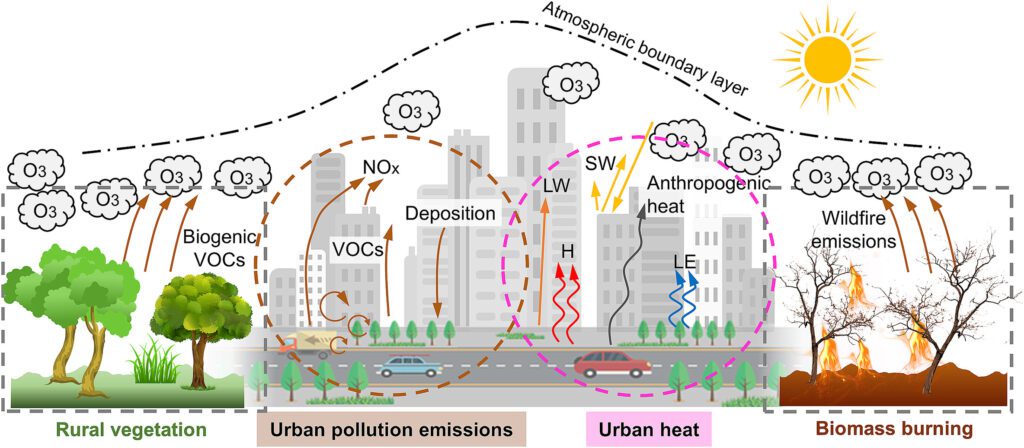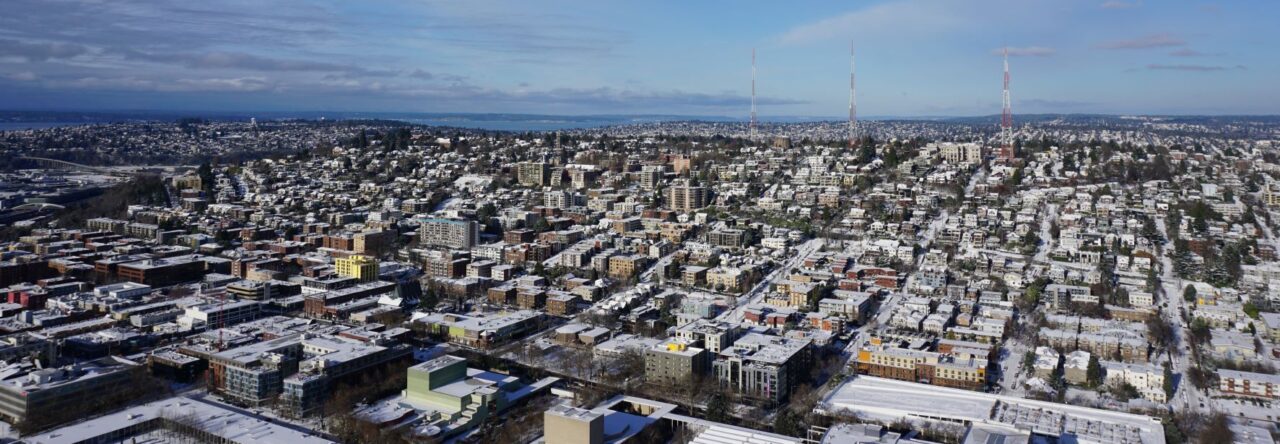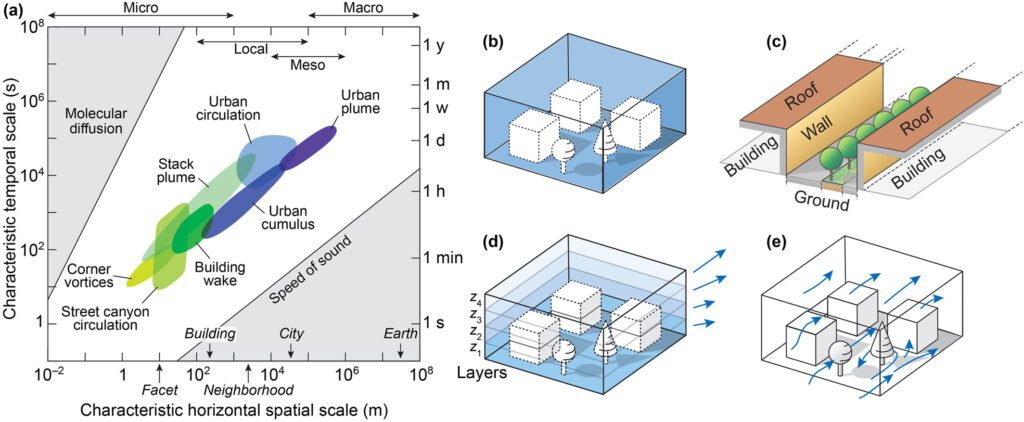Our new paper, “Compound heat and ozone pollution in the urban environment“, is published in Urban Climate (IF: 6.9).
The paper can be downloaded at https://doi.org/10.1016/j.uclim.2025.102511.
Authors: Chenghao Wang, Xiao-Ming Hu, Sarah Feron, Jessica Leffel, & Raúl R. Cordero
Abstract: Ground-level ozone pollution and extreme heat are closely linked environmental stressors that often peak during similar warm-season conditions. Their co-occurrence as compound events can significantly amplify negative health impacts, particularly in densely populated urban areas. In this study, we systematically characterized the frequency, duration, and cumulative intensity of warm-season compound heat and ozone pollution events across all urban areas and their rural surroundings in the contiguous U.S. (CONUS), using long-term, high-resolution daily air temperature and pollution datasets. We found that urban heat waves, defined using daily maximum air temperature, were generally more frequent, more intense, and longer lasting than their rural counterparts, primarily due to the daytime urban heat island effect. In contrast, over half of the U.S. cities experienced fewer, less intense, and shorter ozone pollution episodes than nearby rural areas, largely reflecting differences in ozone chemical regimes. Despite these contrasting patterns, compound heat and ozone pollution events were more frequent in 88.8 % of urban areas, with higher cumulative heat and ozone pollution intensities in 91.1 % and 88.1 % of cities, respectively. However, compound event durations tended to be shorter in urban environments. These findings highlight the dependence of such compound events on local factors such as precursor emissions, as well as background conditions such as regional meteorological patterns, emphasizing the need for tailored mitigation strategies to simultaneously reduce heat stress and ozone pollution. This study also lays the foundation for detailed regional numerical simulations to elucidate the mechanisms that drive urban–rural disparities during these compound events.
DOI: https://doi.org/10.1016/j.uclim.2025.102511


